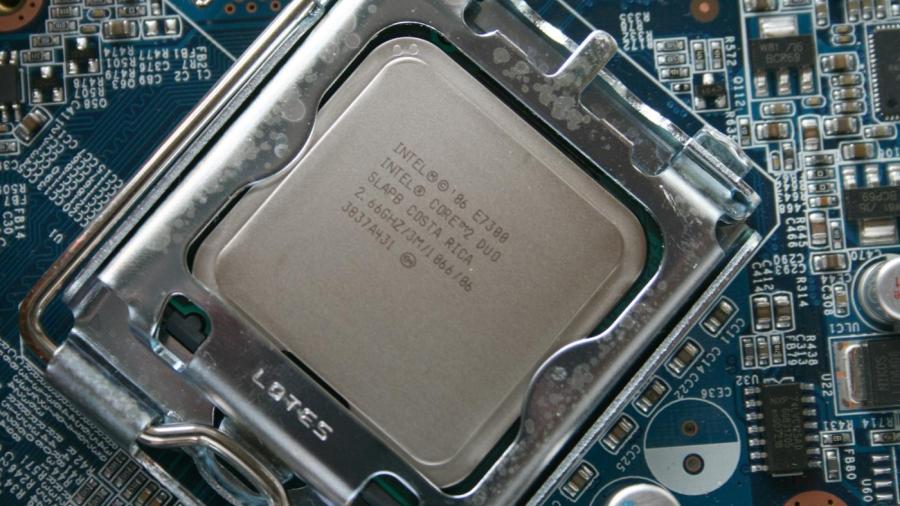How Does RAM Work?

Random Access Memory, or RAM, is used by computers to store and access information using a random order. This resource provides a temporary way for computers to process electronic data, while making computers more responsive and helping operate memory-intensive programs. RAM chips are only capable of storing and accessing information when electrical power is present.
When a computer is shut down or loses electrical power, information stored in RAM is lost. RAM storage is temporary, and when equated to the human brain, RAM is equivalent to short-term memory. This tool improves a computer’s ability to operate memory-extensive programs. When a computer runs a program or accesses a file, it temporarily loads information from the hard drive and transfers it to the RAM. This allows the computer to access information smoothly without extended delays. RAM is considerably faster than hard drives; the speed of high-quality hard drives can reach more than 1,000 MB/s, whereas RAM exceeds speeds of 15,000 MB/s. As a result, RAM is significantly more expensive than hard drives.
The first RAM chips were proprietary designs of computer companies and only worked in computers built by that company. With the invention of single in-line memory module, or SIMM, chips, users were able to transfer RAM chips from one computer brand to another.





